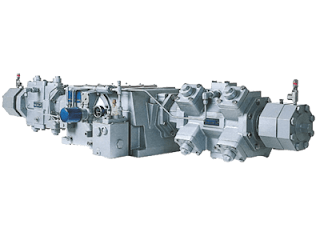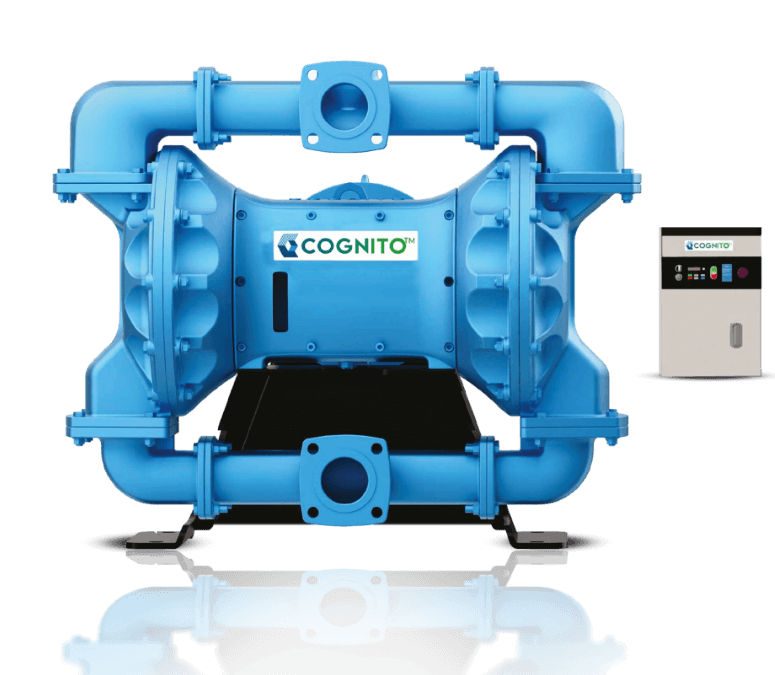High-Performance Compressors and Pumps for LPG and Ammonia Bottling
In the world of industrial manufacturing and processing, compressors and pumps play a crucial role. They are used to compress or pump gases and liquids, respectively, to transport them through pipelines or to store them in containers. In the case of LPG (liquefied petroleum gas) and ammonia bottling, the choice of compressor and pump is particularly critical, as these gases are highly flammable and can pose a significant safety risk if not handled properly. In this blog, we will explore the different types of compressors and pumps used for LPG and ammonia bottling, and their advantages and disadvantages.
One key trend in the market is the shift towards more sustainable practices. With a growing focus on reducing carbon emissions and improving environmental impact, companies are investing in cleaner technologies, such as electric compressors and pumps. These technologies can help reduce greenhouse gas emissions and improve energy efficiency.
Another trend is the increasing use of automation and digital technologies. Automation can help reduce labour costs, improve accuracy and speed, and increase overall efficiency. Digital technologies, such as sensors and data analytics, can provide real-time information on equipment performance and help companies optimise their operations.
In terms of compressor and pump technology, there are several trends to watch. One is the use of variable speed drives, which can help optimise energy use and reduce wear and tear on equipment. Another is the development of more durable materials, such as advanced polymers and composites, which can improve the lifespan of equipment and reduce maintenance requirements.
Finally, safety remains a key priority in the industry. Companies are investing in new safety technologies, such as leak detection systems and remote monitoring, to ensure that their operations are safe for workers and the environment.
Overall, market and technology trends are driving changes in the LPG and ammonia bottling industry, with a focus on sustainability, automation, and safety. As new technologies continue to emerge, companies will need to stay up-to-date and adapt to remain competitive.
LPG Compressors
LPG compressors are used to increase the pressure of LPG from atmospheric pressure to the required pressure for storage or transportation. There are different types of LPG compressors available in the market, including vane pumps, reciprocating compressors, and turbine compressors.
Vane compressors are positive displacement compressors that use a rotor with sliding vanes to compress the gas. They are compact, reliable, and require minimal maintenance. Vane compressors are particularly suitable for LPG bottling as they can handle a wide range of flow rates and provide a constant discharge pressure. However, they are not as efficient as other types of compressors and can suffer from reduced performance when handling high-pressure gases.
Reciprocating compressors are another type of positive displacement compressor that uses a piston to compress the gas. They are more efficient than vane compressors and can handle high-pressure gases more effectively. However, they are more complex and require more maintenance than vane compressors. Reciprocating compressors are particularly suitable for high-pressure LPG bottling applications, such as filling large cylinders.
Turbine compressors are dynamic compressors that use a high-speed rotating impeller to compress the gas. They are highly efficient and can handle large volumes of gas. However, they are not as reliable as positive displacement compressors and require more maintenance. Turbine compressors are typically used in LPG bottling plants where high flow rates are required.
LPG Bottling
Pumps
LPG bottling pumps are used to transfer LPG from storage tanks to cylinders or other containers. There are different types of LPG bottling pumps available, including positive displacement pumps and turbine pumps.
Positive displacement pumps are the most commonly used type of LPG bottling pump. They use a reciprocating or rotary mechanism to transfer the gas from the storage tank to the container. Positive displacement pumps are reliable, efficient, and can handle a wide range of flow rates. They are particularly suitable for small to medium-sized LPG bottling operations.
Turbine pumps are dynamic pumps that use a high-speed impeller to transfer the gas. They are highly efficient and can handle large volumes of gas. However, they are not as reliable as positive displacement pumps and require more maintenance. Turbine pumps are typically used in LPG bottling plants where high flow rates are required.
Ammonia Compressors
Ammonia compressors are used to compress ammonia gas from atmospheric pressure to the required pressure for storage or transportation. Ammonia is a highly toxic gas and requires special handling to ensure worker safety. There are different types of ammonia compressors available in the market, including reciprocating compressors and screw compressors.
Reciprocating compressors are positive displacement compressors that use a piston to compress the gas. They are reliable and efficient, but require more maintenance than other types of compressors. Reciprocating compressors are particularly suitable for small to medium-sized ammonia bottling operations.
Screw compressors are another type of positive displacement compressor that uses two rotating screws to compress the gas. They are highly efficient and can handle a wide range of flow rates. Screw compressors are particularly suitable for large-scale ammonia bottling operations as they can handle high volumes of gas. However, they are more complex than reciprocating compressors and require more maintenance.
Ammonia Bottling Pumps
Ammonia bottling pumps are used to transfer ammonia from storage tanks to containers. There are different types of ammonia bottling pumps available, including centrifugal pumps and positive displacement pumps.
Centrifugal pumps are dynamic pumps that use a rotating impeller to transfer the gas. They are simple, reliable, and require minimal maintenance. Centrifugal pumps are particularly suitable for large-scale ammonia bottling operations where high flow rates are required.
Positive displacement pumps, on the other hand, are more suitable for small to medium-sized ammonia bottling operations. They use a reciprocating or rotary mechanism to transfer the gas and are reliable and efficient. However, they require more maintenance than centrifugal pumps.
Conclusion
Choosing the right compressor and pump for LPG and ammonia bottling is essential to ensure worker safety and efficient operation. Vane pumps and positive displacement pumps are suitable for small to medium-sized LPG bottling operations, while reciprocating and turbine compressors and positive displacement pumps are suitable for large-scale operations. For ammonia bottling, reciprocating and screw compressors and centrifugal and positive displacement pumps are the most commonly used types of equipment. Understanding the advantages and disadvantages of each type of compressor and pump can help businesses make informed decisions about which equipment to use for their specific bottling needs.
IDEX India is a leading manufacturer of
high-performance compressors and pumps for LPG and ammonia bottling. The
company offers a wide range of compressors and pumps, including vane
compressors, reciprocating compressors, turbine compressors, positive displacement
pumps, and turbine pumps, to meet the specific needs of different industries.
IDEX India has a strong focus on sustainability, safety, and innovation and is
continuously investing in new technologies to improve efficiency, reduce costs,
and improve safety. The company is also committed to reducing its carbon
footprint and has developed a range of cleaner technologies, such as electric
compressors and pumps, to help reduce greenhouse gas emissions and improve
energy efficiency.

.png)



Comments
Post a Comment